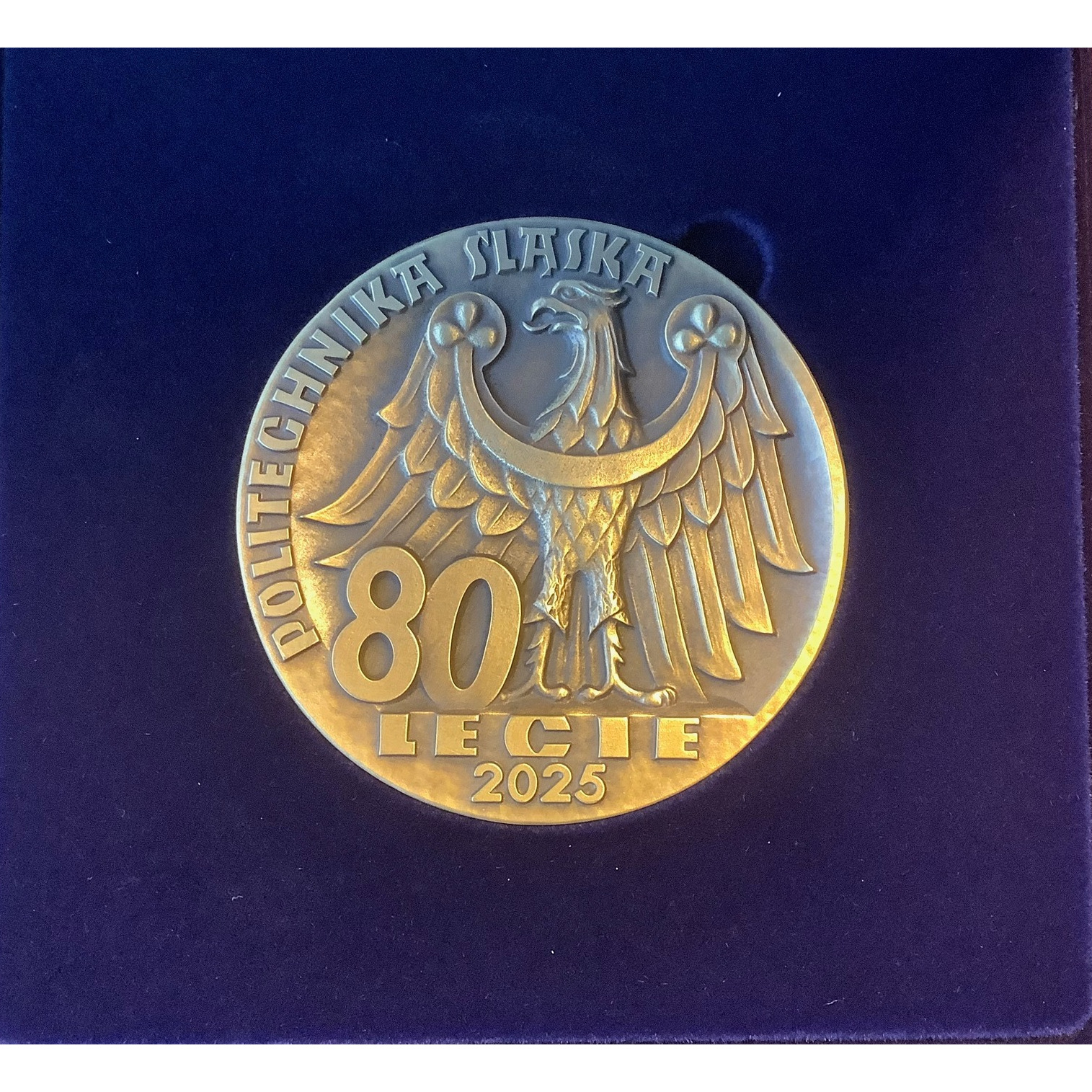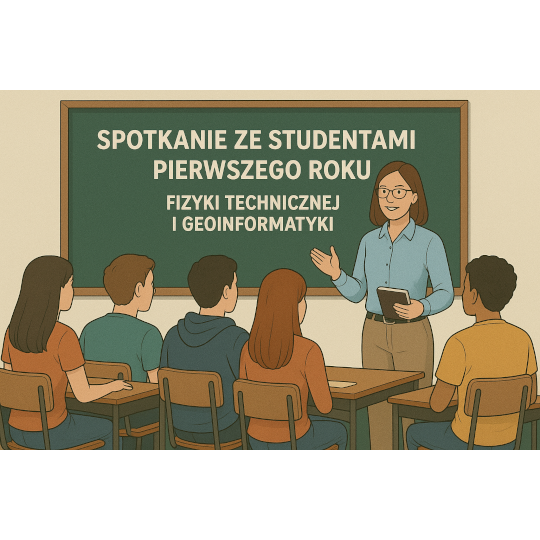Start - Aktualności

Study Examines Impact of Internal Dose Rates on Luminescence Dating Results in Quartz Grains
A new study (Szymak et al., 2022) has examined the impact of internal alpha and beta dose rates in quartz grains obtained from sandy sediments on luminescence dating results. The internal dose rates, which range from 0.01-0.21 Gy/ky, play a non-neglible role in determining the accuracy of luminescence dating results, especially when the external dose rates are low.
The study found that ignoring the contribution of the internal dose rates could result in artificially older luminescence ages. To measure internal alpha and beta contributions, the researchers used the innovative μDose system. This system allowed them to accurately measure both the internal and external dose rates in the quartz grains.
This study highlights the importance of considering the internal dose rates in luminescence dating and provides valuable insights for researchers in the field. The findings of this study will assist in optimising luminescence dating techniques to obtain more accurate results.
Szymak Agnieszka, Moska Piotr, Poręba Grzegorz, Tudyka Konrad and Adamiec Grzegorz. "The Internal Dose Rate in Quartz Grains: Experimental Data and Consequences for Luminescence Dating" Geochronometria, vol.49, no.1, 2022, pp.9-17. https://doi.org/10.2478/geochr-2022-0002
Aktualności
Pokaż wszystkie
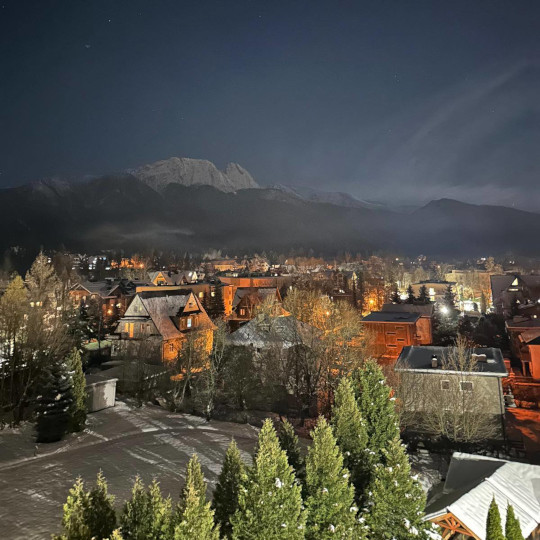
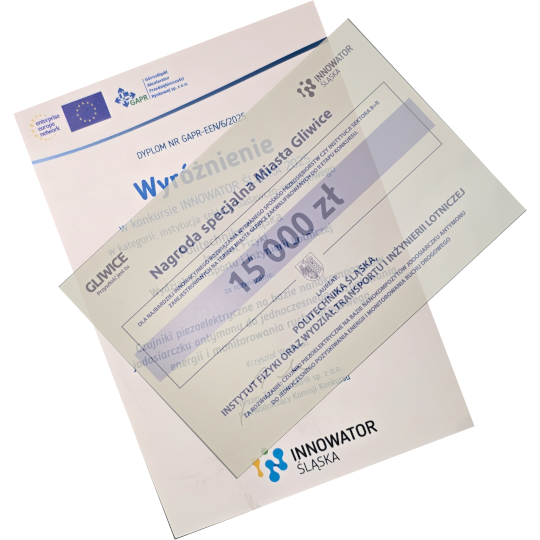


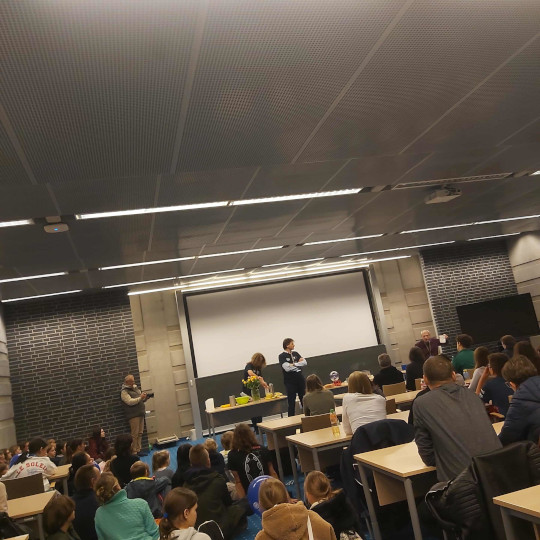




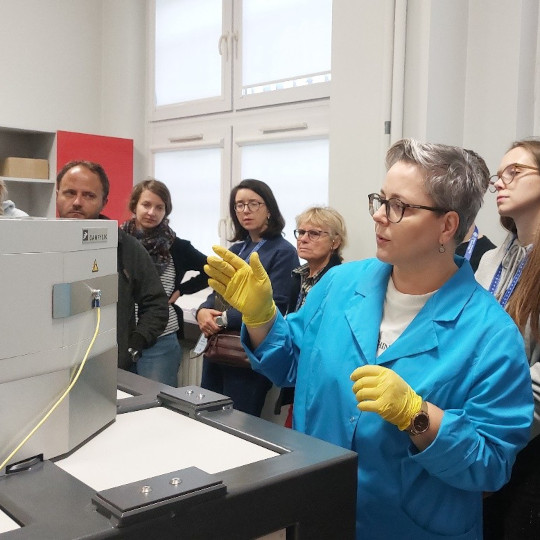
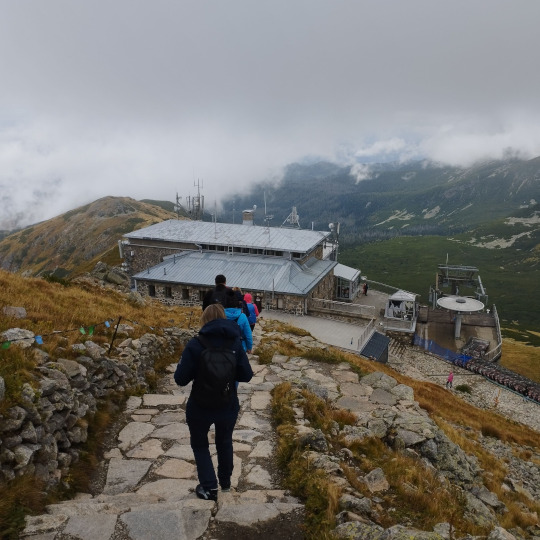

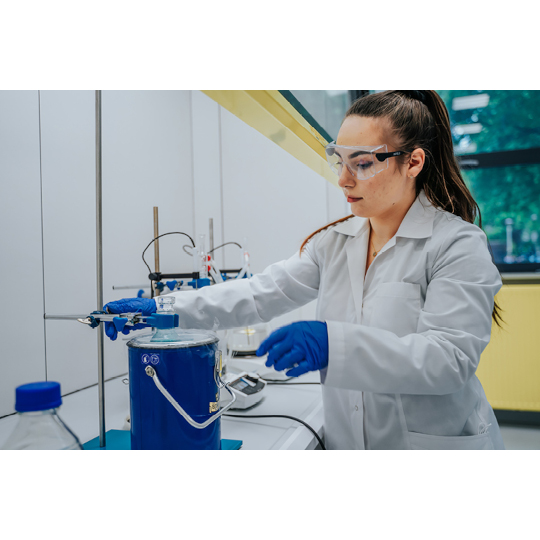

Więcej aktualności Mniej aktualności
Wydarzenia
Pokaż wszystkieInvestigation of non-toxic dye-sensitized solar cell materials for circular design approaches - seminarium w trybie zdalnym.
Seminarium naukowe IF - Dr. Adrian Cernescu - Nanoscale optical and correlative characterization of nanomaterials using s-SNOM technology
Otwarcie wystawy: „Poza tym, co widzialne. Teledetekcja i skanowanie laserowe w polsko-peruwiańsko-włoskich badaniach w Machu Picchu”
Wystawa: „Poza tym, co widzialne. Teledetekcja i skanowanie laserowe w polsko-peruwiańsko-włoskich badaniach w Machu Picchu”
Mit o kierunku wirowania wody w misce po obu stronach równika. Siła Coriolisa, czyli od geografii do fizyki i z powrotem






